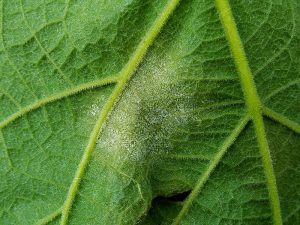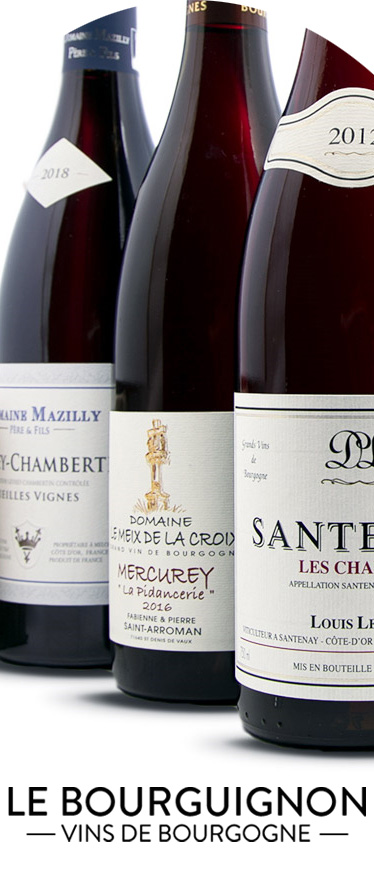The vine began to "cry" very early this year (photo), a sign of its early awakening. Logical: the winter of 2019-2020 is the hottest ever recorded in France. This anomaly will have consequences on the cycle of the vine in Burgundy, and therefore on the coming vintage. The warmest winter since 1900. According to a first assessment of Météo France, temperatures in December, January and February rose to 2.7 ° C above normal in France, and 3 ° C for the north-eastern quarter, which includes Burgundy. https://twitter.com/KeraunosObs/status/1233309907375599616 Figures that will hardly surprise winegrowers. Overall, neither frosts nor flakes have come to disturb the days of pruning and burning this winter. When, usually, a winter on the Coast frequently passes the -10°C mark. Good news for the vine? Not really. The cold guarantees an optimal cycle, and its absence disturbs the plant. Among the risks to be feared this year are diseases. The cold inhibits – or even destroys – pests such as late blight, a microorganism that attacks foliage and grapes, resulting in lower harvests in quantity and quality. With a mild winter, the parasite prepares for more virulent spring attacks, forcing winegrowers to very regular treatments in May and June.  Paradoxically, the other fear after a mild winter is that… frost! Mild temperatures cause buds to emerge earlier than expected from their protective stuff, exposing them more to possible spring frosts. A scenario already experienced in 2016 and 2019, two vintages marked by frost damage in April. This climatic hazard is responsible for amputated harvests, and sometimes unequal maturities at harvest time. https://twitter.com/Bourguignon_Vin/status/737199605490851840 It is far too early to know the precise consequences of this record winter, but it should probably mark the 2020 vintage.
Paradoxically, the other fear after a mild winter is that… frost! Mild temperatures cause buds to emerge earlier than expected from their protective stuff, exposing them more to possible spring frosts. A scenario already experienced in 2016 and 2019, two vintages marked by frost damage in April. This climatic hazard is responsible for amputated harvests, and sometimes unequal maturities at harvest time. https://twitter.com/Bourguignon_Vin/status/737199605490851840 It is far too early to know the precise consequences of this record winter, but it should probably mark the 2020 vintage.

